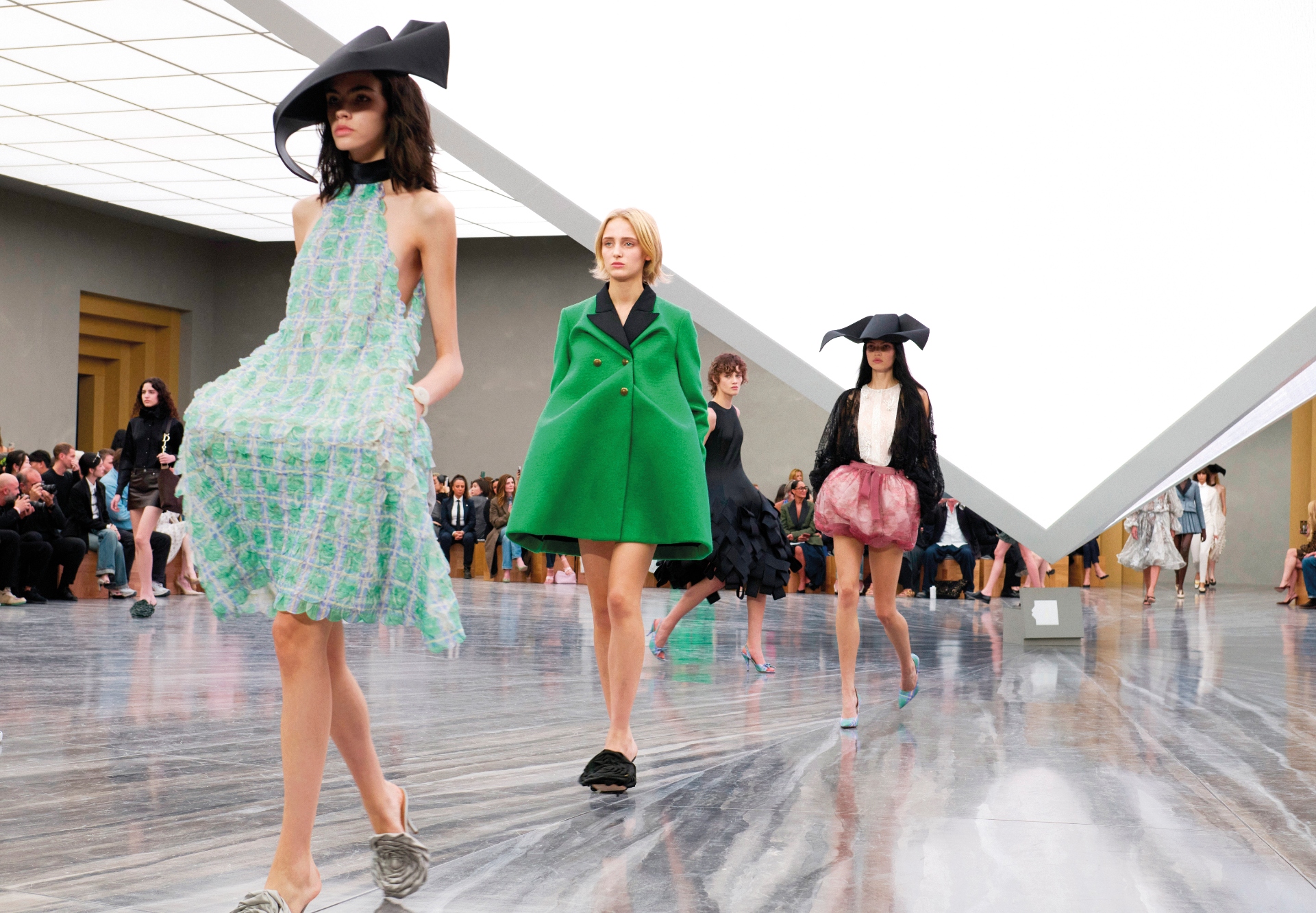
The Spring/Summer 2026 runway collections exposed an industry at a crossroads — one where both creative directors and parent company heads are learning to balance financial imperatives with artistic expression. The runways reflected this recalibration, revealing a fashion industry that is shifting from raw, unadulterated creativity (think McQueen’s erotic spring 1998 “Golden Shower” collection or John Galliano’s controversial Hobo collection for Dior Fall 2000 Couture Collection) to strategic storytelling where innovation, heritage and market sensibility coexist to shape brand identity and consumer engagement.
This new era marks a transformation in the role of the creative director — from artisan to visionary strategist — tasked not only with creating collections but with orchestrating the perception, narrative and cultural relevance of a brand. The recent Spring/Summer 2026 fashion week showcase underscored this evolution through a flurry of high-profile appointments and debuts that collectively changed the outlook of fashion’s creative map.
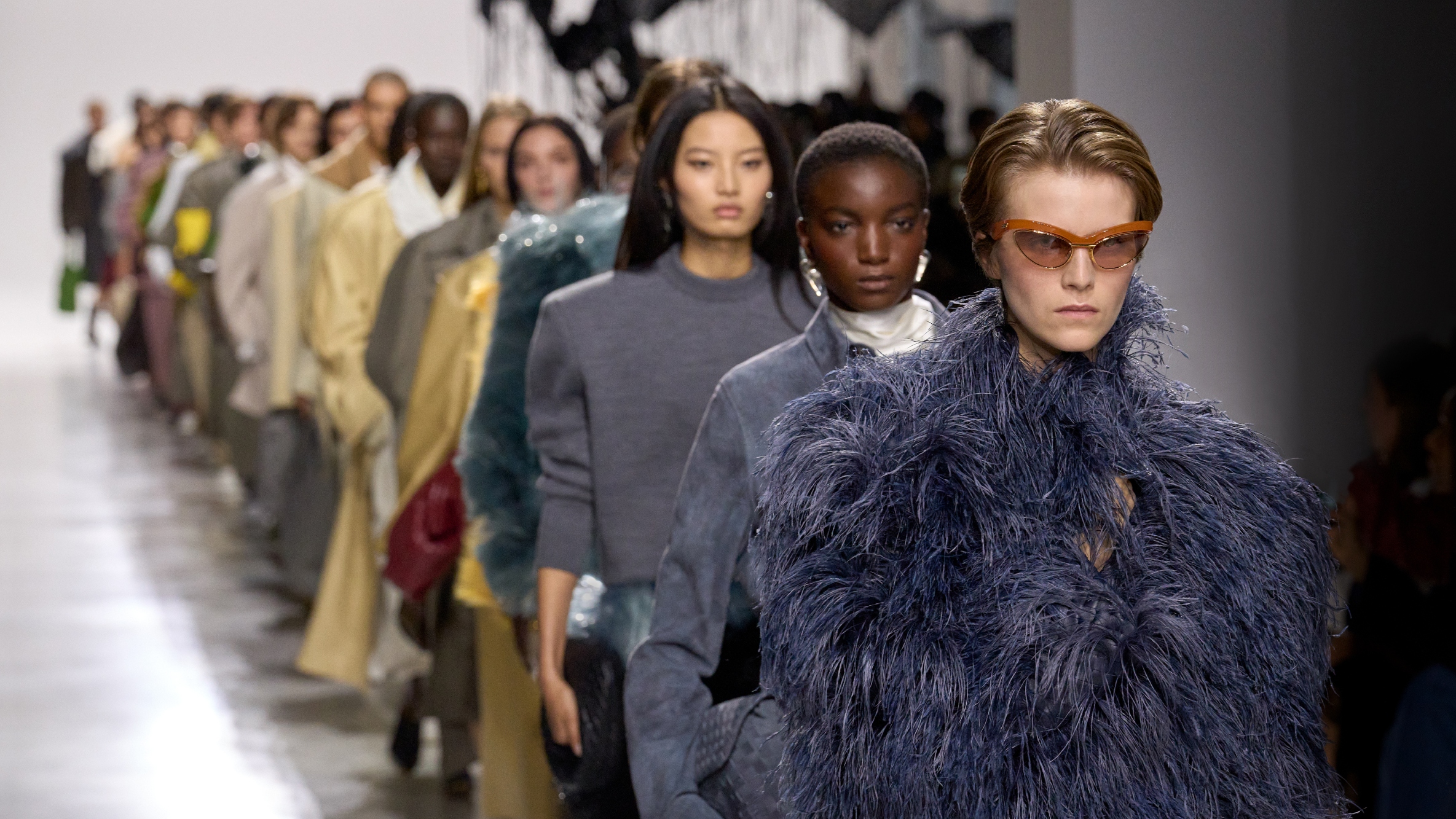
Read More: Spring/Summer 2026 Fashion Weeks in Focus
In June 2025, Dior appointed Jonathan Anderson as its sole creative director, unifying its women’s, men’s and couture lines under one vision while Louise Trotter succeeded Matthieu Blazy at Bottega Veneta in early 2025. Elsewhere, Demna’s unexpected move to Gucci in March signalled the brand’s commitment to renewal and cultural resonance — something which the brand successfully tasted during its Alessandro Michele era. At Balenciaga, Pierpaolo Piccioli’s debut brought poetic romanticism to a house known for severity, while Duran Lantink’s appointment at Jean Paul Gaultier in April ended the brand’s rotating guest-designer model, ushering in a more consistent creative direction. Even Proenza Schouler joined the reshuffle, naming a new creative director to succeed founders Jack McCollough and Lazaro Hernandez alongside the recent appointment of Grace Wales Bonner as creative director of Hermès men’s ready-to-wear, highlighting a generational shift in how heritage luxury Maisons are looking to achieve long-term success.
Going beyond a change at the helm, these moves signal fashion’s next chapter and the strategic fusion of business and artistry.
A New Brand Direction
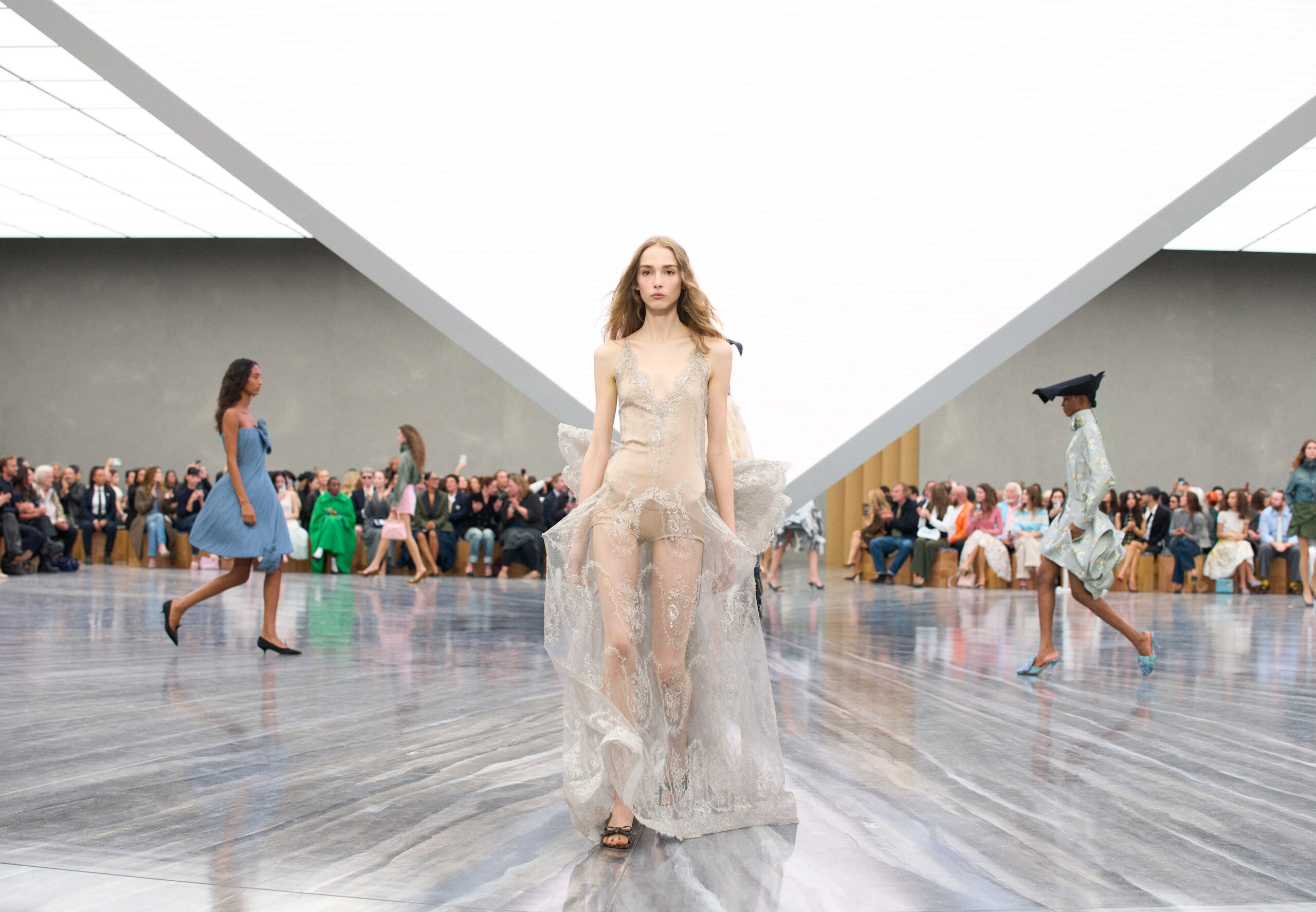
New creative directors are no longer just designing clothes — they are curating the ethos of a brand. Case in point, Jonathan Anderson at Dior. In June 2025, Dior announced the appointment of Jonathan Anderson as its sole creative director, overseeing women’s, men’s and couture collections. This marks a historic shift, as Anderson becomes the first designer since Christian Dior himself to hold complete creative control across the house. His Spring/Summer 2026 ready-to-wear collection reflected this new era — a thoughtful dialogue between past and present. Anderson’s Dior balanced historical motifs with experimental silhouettes, creating designs that were referential without feeling nostalgic. The collection thrived on dualities: past and present; bold and serene; grand and everyday. In doing so, Anderson managed to tap into Dior’s storied heritage while translating its codes for a contemporary audience.
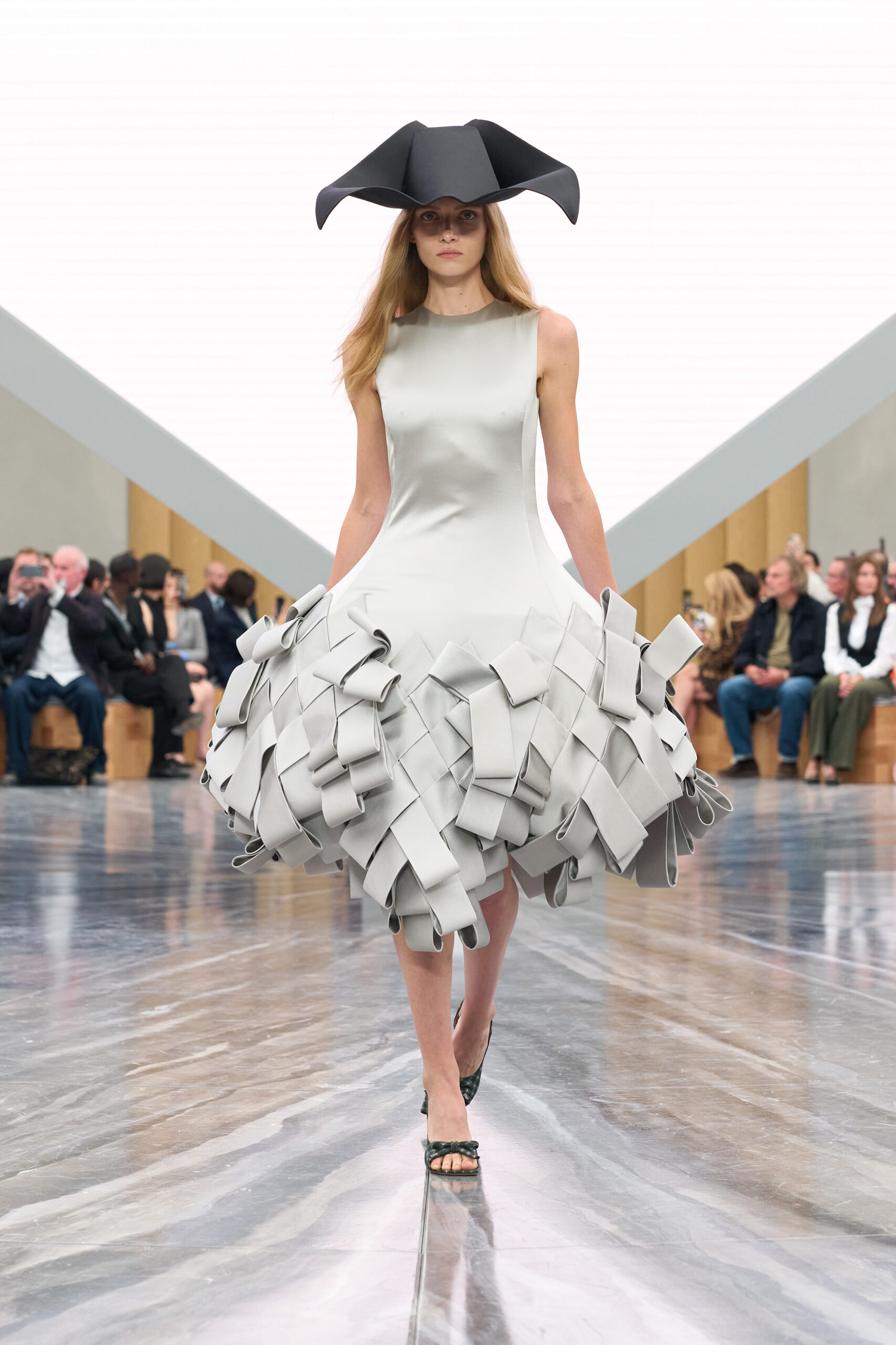
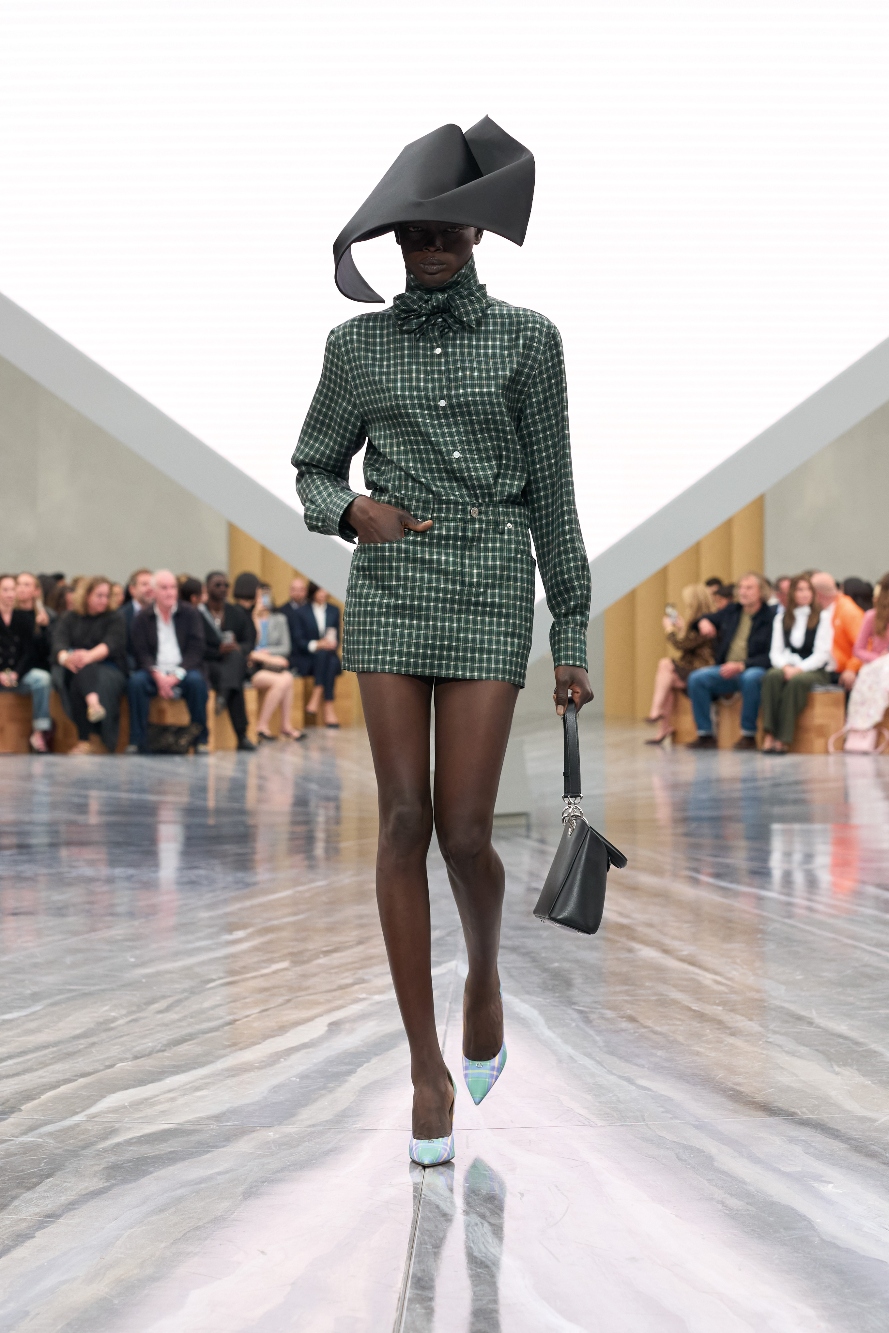

Read More: Autumn/Winter 2025 Menswear First Look
What differentiates Anderson from his predecessor Maria Grazia Chiuri is his instinct for theatricality and narrative. Where Chiuri designed with a focus on wearability and the lived realities of women — understanding the female form and what women wanted — Anderson approaches design as both fantasy and sensibility. His tenure at Loewe honed this aesthetic that saw the amalgamation between art and fashion. At Dior, that same theatrical lens translates into a broader exploration of Dior’s identity and how that could be translated into spectacle.
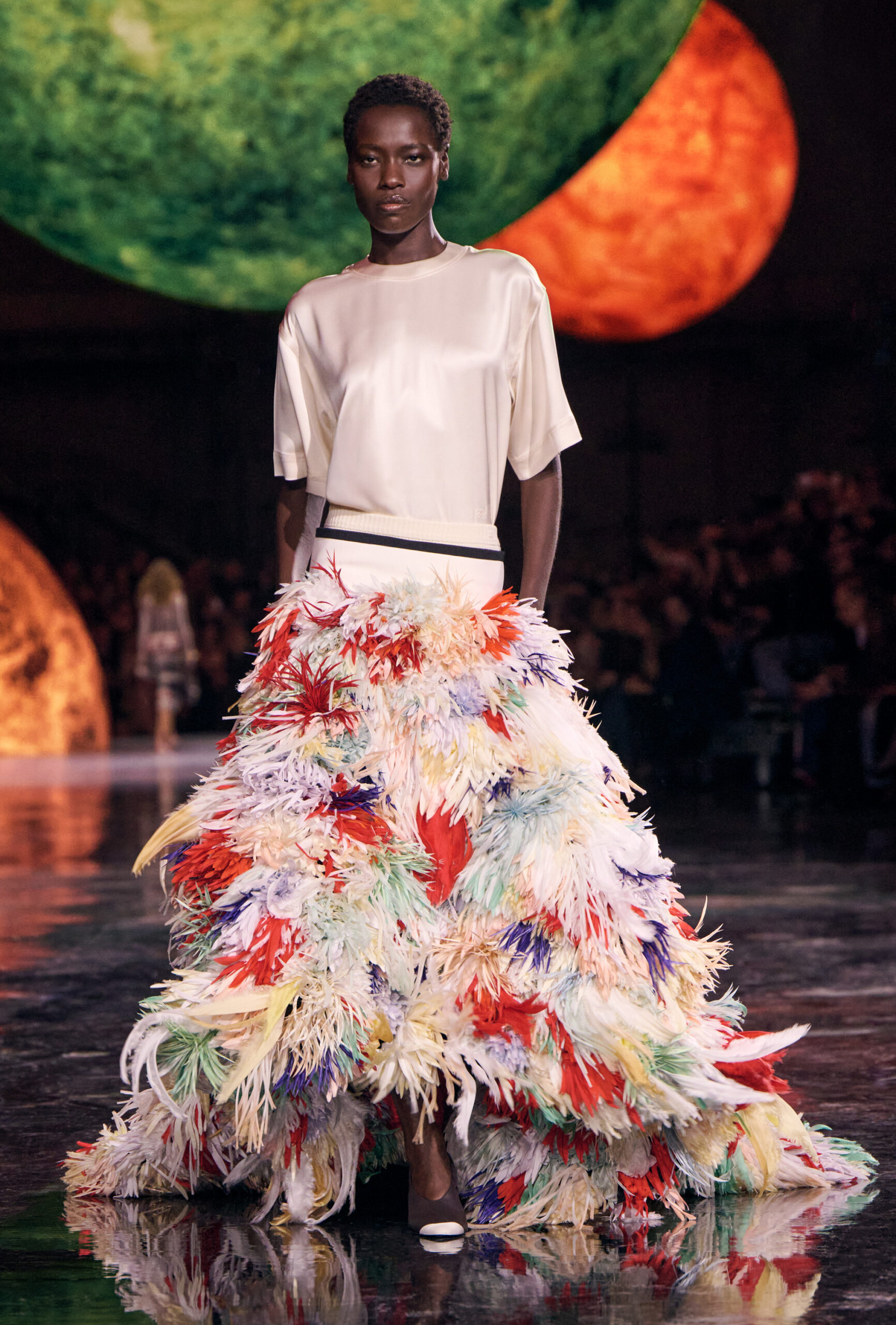
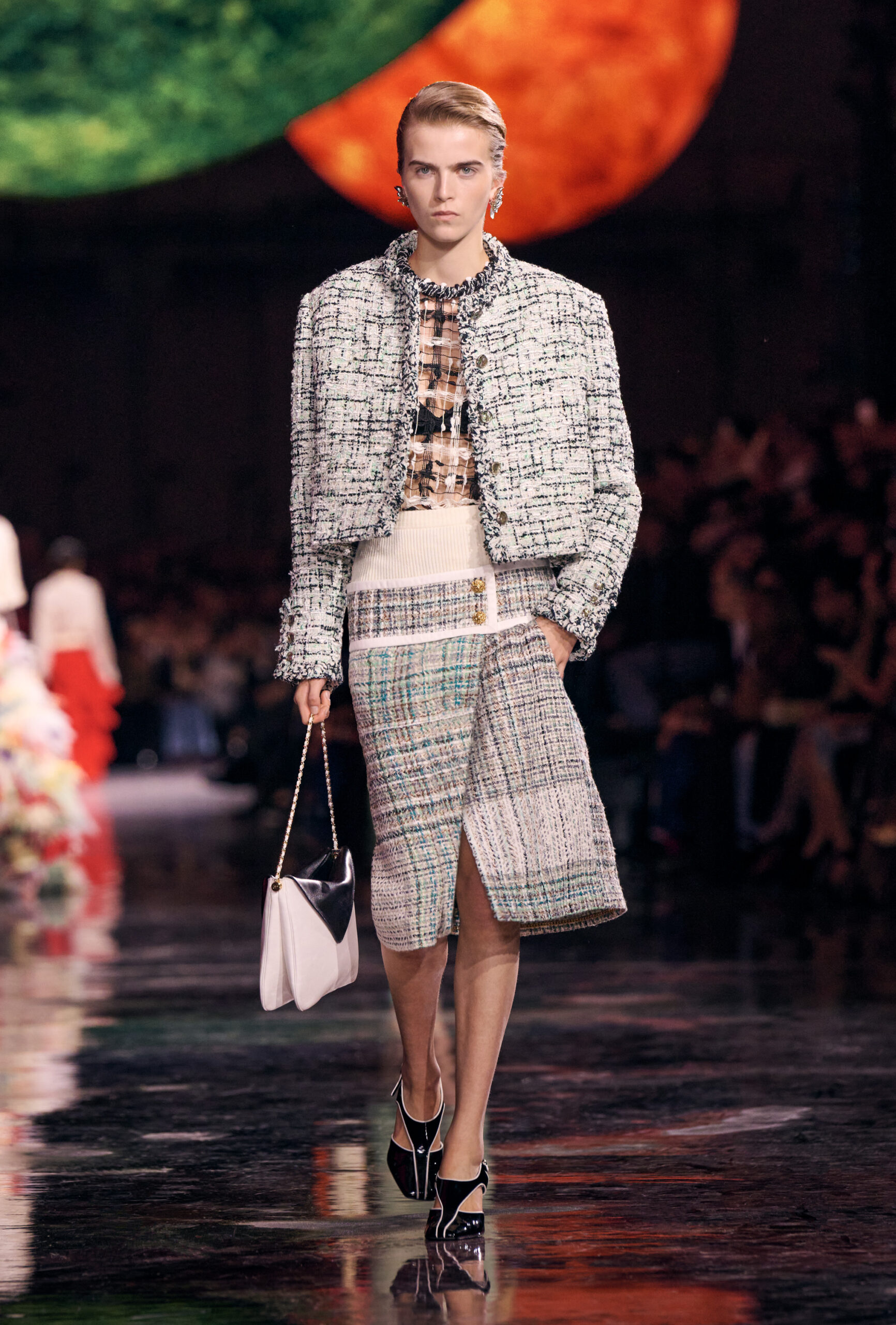
Then there is Chanel’s new artistic director of fashion activities, Matthieu Blazy who was inspired by “the freedom worn and won by Gabrielle Chanel”. Blazy understood that there is already a pre-existing universal language of Chanel. What he did for Spring/Summer 2026 was push the conversation further by reframing those codes through incorporating elements of menswear with proportions that adhere to traditional male shirt-making standards joined by masculine-style suit jackets — cut, raw-edged, becoming Chanel proportions. This play on the feminine and masculine was something Gabrielle Chanel was known for and 2025 sees Blazy expand this with material experimentation seen in contrasting silk print linings and a multiplicity of tweeds and weaves.
Read More: Here’s Your Recap of Fashion’s Great Creative Director Reshuffle

At Balenciaga, Pierpaolo Piccioli’s debut Summer 2026 collection exemplified this approach of recalibration. Rather than homage, Piccioli reframed Cristóbal Balenciaga’s legacy for today, integrating humanity at the center of creation and exploring the relationship between body and fabric as a dynamic, architectural exchange. The introduction of Balenciaga’s neo gazar fabric — a double-face weave combining gauze and organza — allowed for sculptural silhouettes with exceptional amplitude, combining structure with fluidity. Knits translated archival fabrics into new materialities, while self-fabric embroideries of flowers and feathers became architectural statements rather than decorative touches. The runway was a dialogue between past and future, preserving the house’s identity while redefining its vocabulary for the modern wardrobe. Within the show space, a resurrected Parisian salon scented with Getaria — the Balenciaga fragrance named after Cristóbal’s birthplace — completed the immersive, multi-sensory experience.
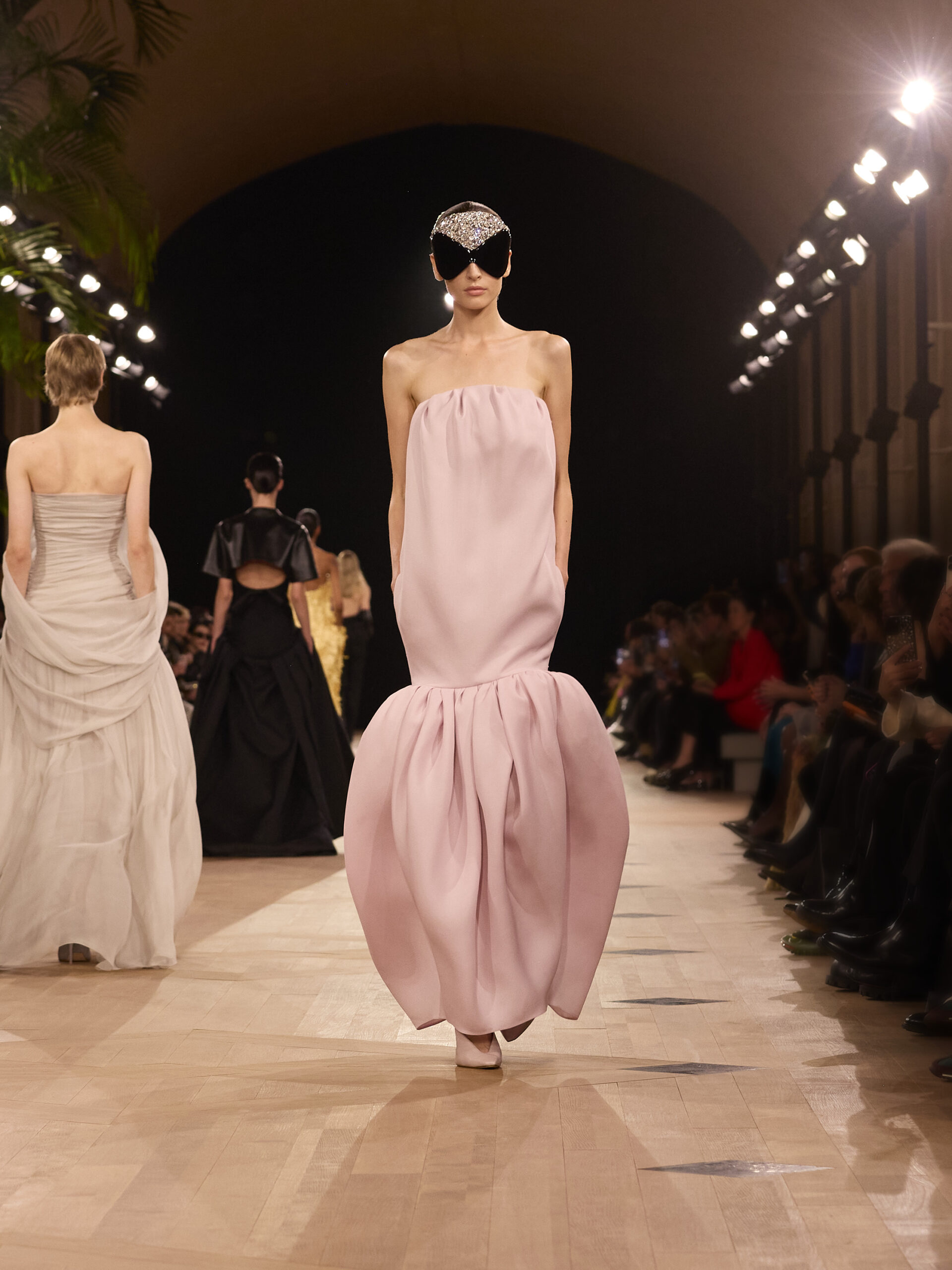
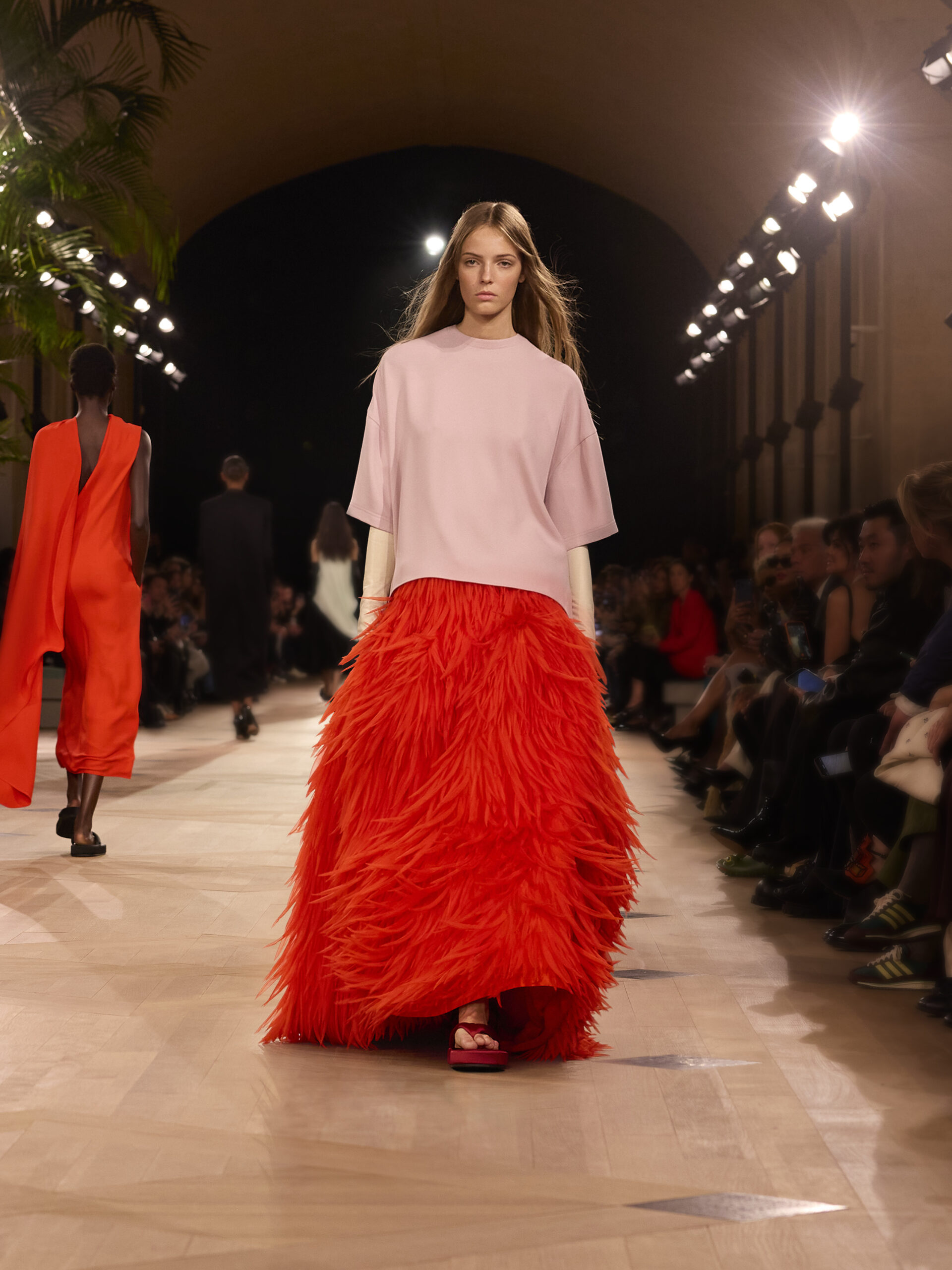
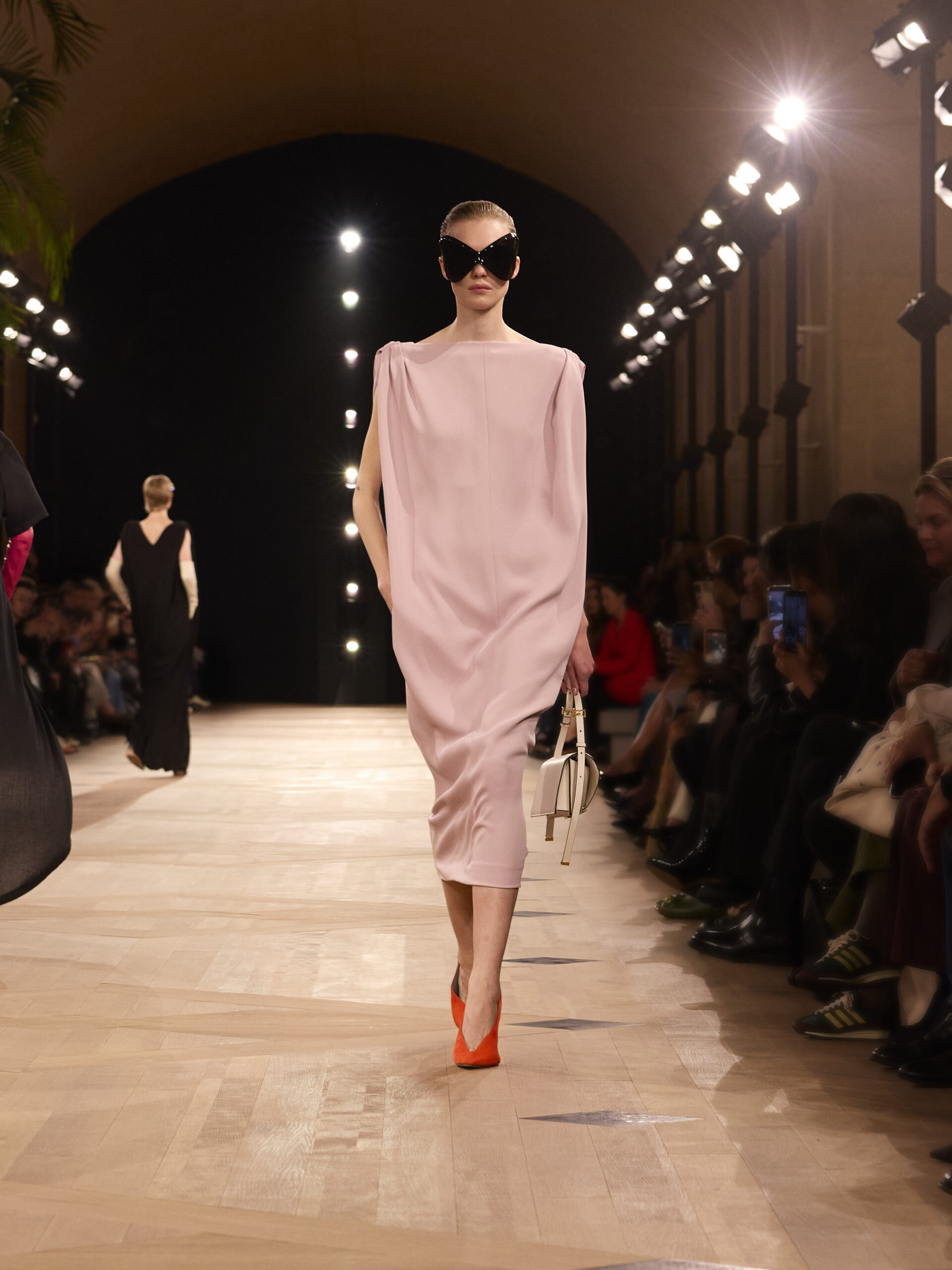
Strategic Leadership in a Commercial Era
Today’s artistic and creative directors need to understand how to strike a balance between artistry and profitability — where each collection needs to be successful both creatively and commercially. This era marks a shift from designers being seen purely as artisans working in ateliers to designers as strategic visionaries, responsible for shaping perception and narrative. The rise in the appointment of younger creative directors (Jonathan Anderson at Dior, Matthieu Blazy at Chanel) speaks to their influence and signals a new model of leadership, where fashion directors act as CEO-like figures within the brand, integrating business strategy with creative storytelling. This is where designers need to merge heritage or the “safe familiarity” of past collections with contemporary vision and nuanced innovation that honours the past without repeating it.

Read More: Insight: Why So Few Female High Fashion Designers
For her first collection at Bottega Veneta, Louise Trotter reflected on the stratification of the house’s histories while embracing “the romance of process”. Trotter looked at Laura Braggion’s journey when she was at the helm of the Italian Maison as its first female creative lead from the 1980s to the early 2000s alongside the development of the Intrecciato design on bags by cofounder Renzo Zengiaro. Classic styles of Bottega’s bags were revived and reborn with new proportions for the “Lauren”, the Knot was reimagined with a soft structure and the Cabat could be cut away to form a clutch, its triangular underpinnings informing the construction of the collection’s clothing. These temporal design shifts — together with transposed techniques — also paved the way for new additions such as the Squash, the elongated Framed Tote and the Crafty Basket, all unified by the signature soft functionality that defines Bottega Veneta.

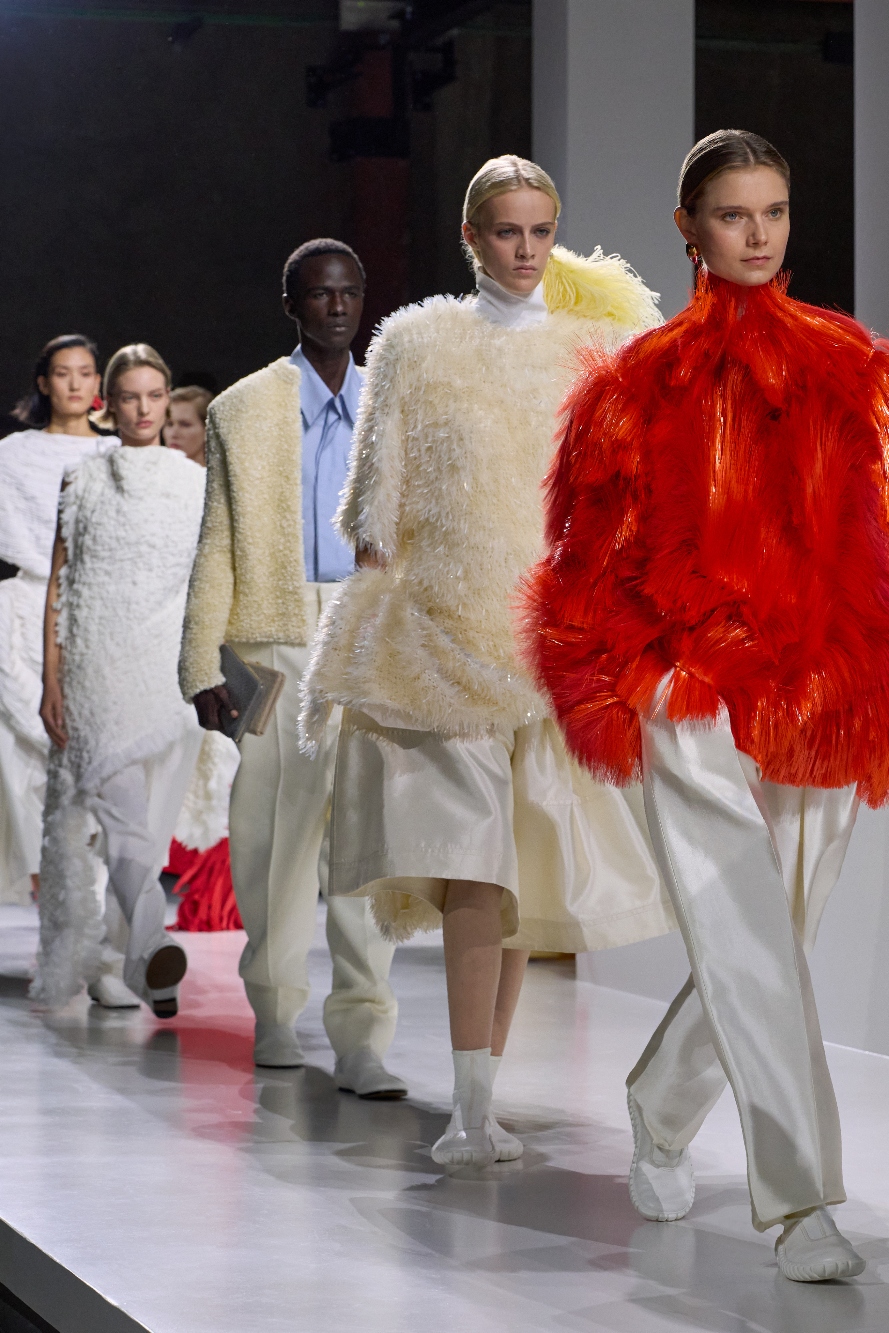
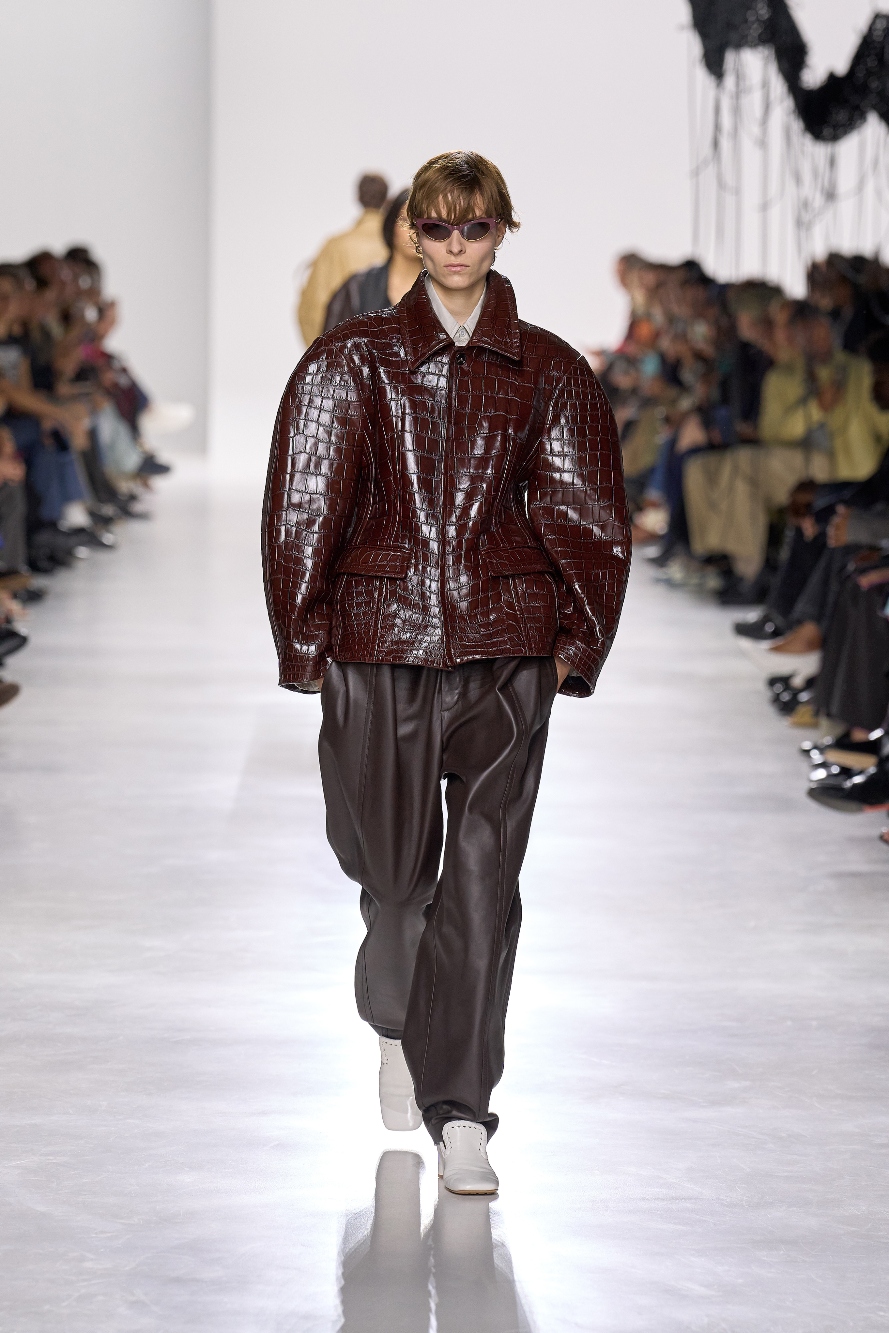
Read More: Fashion’s Flaunting of Flamboyance & Luxury Has Evolved
The runway is no longer fashion’s sole authority. Creativity now extends beyond couture into brand ecosystem design, including immersive campaigns, collaborations and multi-sensory activations. Traditionally, fashion weeks dictated trends and cultural influence; today, directors craft stories across digital, experiential and retail platforms. Part of harnessing cultural influence lies in making fashion aspirational. Historically, the industry achieved this by presenting fashion as a fantasy for consumers, both visually and experientially — an approach exemplified by the recent Victoria’s Secret Fashion Show, which successfully balanced spectacle with thoughtful inclusivity. Unlike last year, the 2025 edition did not feel tokenistic and diversity was integrated seamlessly, showing that aspiration and cultural relevance can coexist.
Fashion is no longer just about delivering aspirational clothing; it is a medium of cultural dialogue and delivering a narrative. The appointment of new creative directors champions diverse perspectives, blending fashion with cultural commentary. Their vision goes beyond aesthetics, shaping how luxury engages with society, social values and contemporary narratives.
Read More: An Electrifying Start to New York Fashion Week
Fashion’s Renaissance
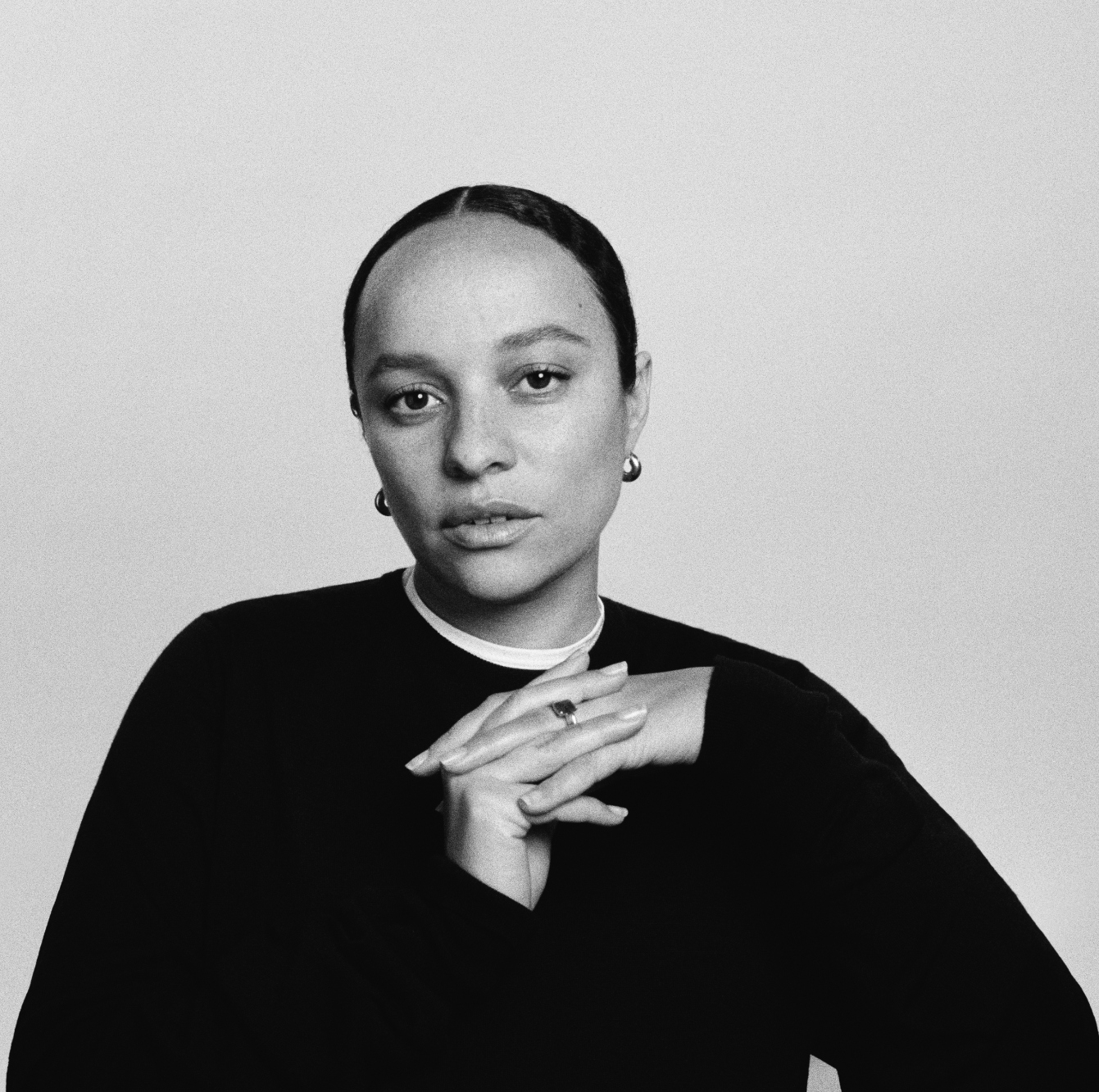
Spring/Summer 2026 marks a clear turning point — a fashion renaissance where heritage is used to inform strategic storytelling. Across luxury houses, creative directors are redefining their roles, moving beyond craftsmanship to become architects of brand culture and vision. “Change is inevitable” was a recurring theme of the season, echoed in the appointments of Jonathan Anderson at Dior, Pierpaolo Piccioli at Balenciaga and Louise Trotter at Bottega Veneta. Grace Wales Bonner at Hermès Men’s ready-to-wear, whose debut collection in January 2027 could see a blend of the house’s heritage with a contemporary, culturally resonant vision. “Her take on contemporary fashion, craft and culture will contribute to shaping Hermès men’s style, melding the house’s heritage with a confident look on the now. Grace’s appetite and curiosity for artistic practice strongly resonate with Hermès’ creative mindset and approach. We are at the start of an enriching mutual dialogue,” said Pierre-Alexis Dumas, general artistic director of Hermès.
Each collection demonstrates that embracing evolution does not mean abandoning tradition; instead, it is about harmonising legacy with contemporary sensibilities, translating history into narratives that resonate with today’s audiences.
This generation marks the turning of the tide: from formulaic, market-driven collections to purposeful, visionary leadership. In this era, the runway is no longer the sole arbiter of taste. Fashion’s influence now spreads across experiential, digital and commercial domains, requiring directors to balance creativity with strategic foresight. Time will tell how these visionaries will steer the industry but fashion’s new chapter — where creativity meets strategy — is already underway.
For more on the latest in luxury fashion and style reads, click here.
The post The Great Spring/Summer 2026 Fashion Week Reset appeared first on LUXUO.

